Part One of a five-part series on Bob Kerrey’s tenure as president of The New School.
On a cold January morning in 2011, wind burst through the doors of the 66 W. 12 St. and scattered leaflets through the air and into the puddles of melted snow on the lobby floor. The water made the bold headline, “Kerrey’s Decade,” bleed into long fingers of purple and black ink, transforming it into something akin to a horror movie title.
The two-page anonymous diatribe against Bob Kerrey, who stepped down as president of The New School on January 1 after 10 years, ties Kerrey to what the author sees as a toxic cocktail of neoliberalism and neoconservativism that now dominates the world. Among other charges, it criticizes Kerrey — who previously served as a senator and governor of Nebraska — for trying to corporatize the university’s culture, and accuses Kerrey of committing “war crimes,” a charge which has dogged him since 2001 when The New York Times and “60 Minutes” broke the story that as a young lieutenant he participated in the killing of women and children.
“In an era of blind obedience, apologetics for power, and academic hypocrisy, Kerrey fit right in,” the leaflet claims. “The entire authoritarian logic that Kerrey represented and helped intensify in his own way still reigns, at the New School and in society at large.”
The diatribe rambles, but amid the esoteric references to Pierre Clastres and Étienne de La Boétie, the anarchistic rhetoric resembles the anonymous screeds from The New School in Exile, the agitprop student group that sought Kerrey’s ouster in 2008 and 2009.
The student protesters may have only represented an incensed minority, but the anti-Kerrey leaflet is emblematic of his presidency. Conversations about Kerrey’s tenure with students, alumni, staff and faculty tend to center on the criticisms he warrants rather than his many accomplishments.
Kerrey, who lost his right leg in Vietnam and won the Medal of Honor for his service, became governor of his home state, Nebraska, then served two terms in the United States Senate and made a run for the White House in 1992, before settling into the top seat at The New School in 2001.
The New School’s Board of Trustees initially extended the job offer to Kerrey because of his considerable political celebrity which they hoped would both increase the school’s fundraising potential and dramatically raise its profile.
Given the volume of criticism leveled at Kerrey, a surprising number of those interviewed for this series have said that on both those counts, he succeeded.
Under Kerrey, the endowment more than doubled from $93 million to $188 million, even after a modest hit from the economic downturn in 2008, shielding the university from the slump. The total number of full-time faculty has nearly tripled to 372, creating a more stable academic base. The number of applicants has risen by 40 percent. Each year now, The New School is becoming better known throughout the world. Kerrey was also instrumental in building more dorms and establishing cross-divisional programs both of which helped create a more uniform university experience for undergraduates.
It is the defining irony of the Kerrey era: only The New School’s most controversial president managed to wrest the prestigious but sleepy Greenwich Village landmark from hibernation into the most transformative decade since its founding in 1919.
However, Kerrey’s term was marked by disregard for the things that traditionally define academic institutions. While the total library holdings have more than doubled, physical holdings like books and periodicals fell by nearly 150,000. The New School has had six provosts in 10 years. Many criticize him for the unusually high turnover rate in the administration, as well as an increase in tumult among the staff and faculty. Under Kerrey, Lang, the division that he emphasized so much, endured an unusually rocky decade with five deans in 10 years.
Many faculty say he never understood or couldn’t tolerate the academic culture. “Academics never met a meeting they didn’t like,” Jim Miller, chair of the liberal studies department at The New School for Social Research, told a New York Magazine reporter in 2009. “But Kerrey has a very short attention span. He likes to be amused and entertained; he shoots from the hip. He’s at his best when he’s at a meeting and people are sententious and pompous.”
Detractors say Kerrey wouldn’t consult faculty and instead relied too heavily on a small circle of administrators who steered him toward decisions based on their financial rather than academic implications.
For all the controversy Kerrey has weathered at The New School, he has never publicly expressed regrets about coming to the university. Yet, in an exit interview with The Villager, a Greenwich Village weekly, last December, he made a startling admission.
Kerrey said that if he had properly understood the troubles and obstacles at The New School, he probably wouldn’t have accepted the presidency. In a rare moment of candor, Kerrey said, “I didn’t comprehend the sense of the challenge.”
Additional reporting by Rey Mashayekhi


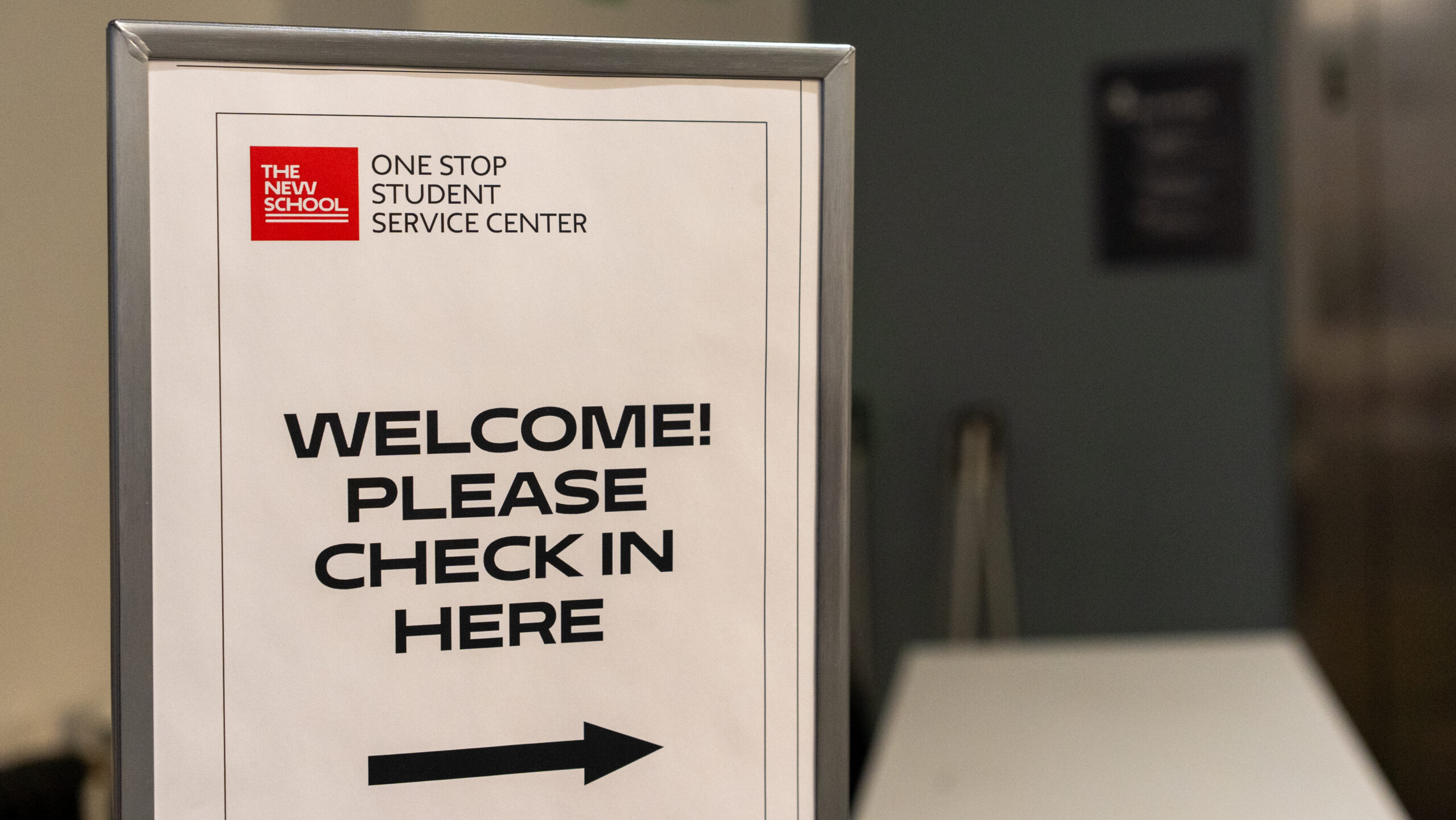
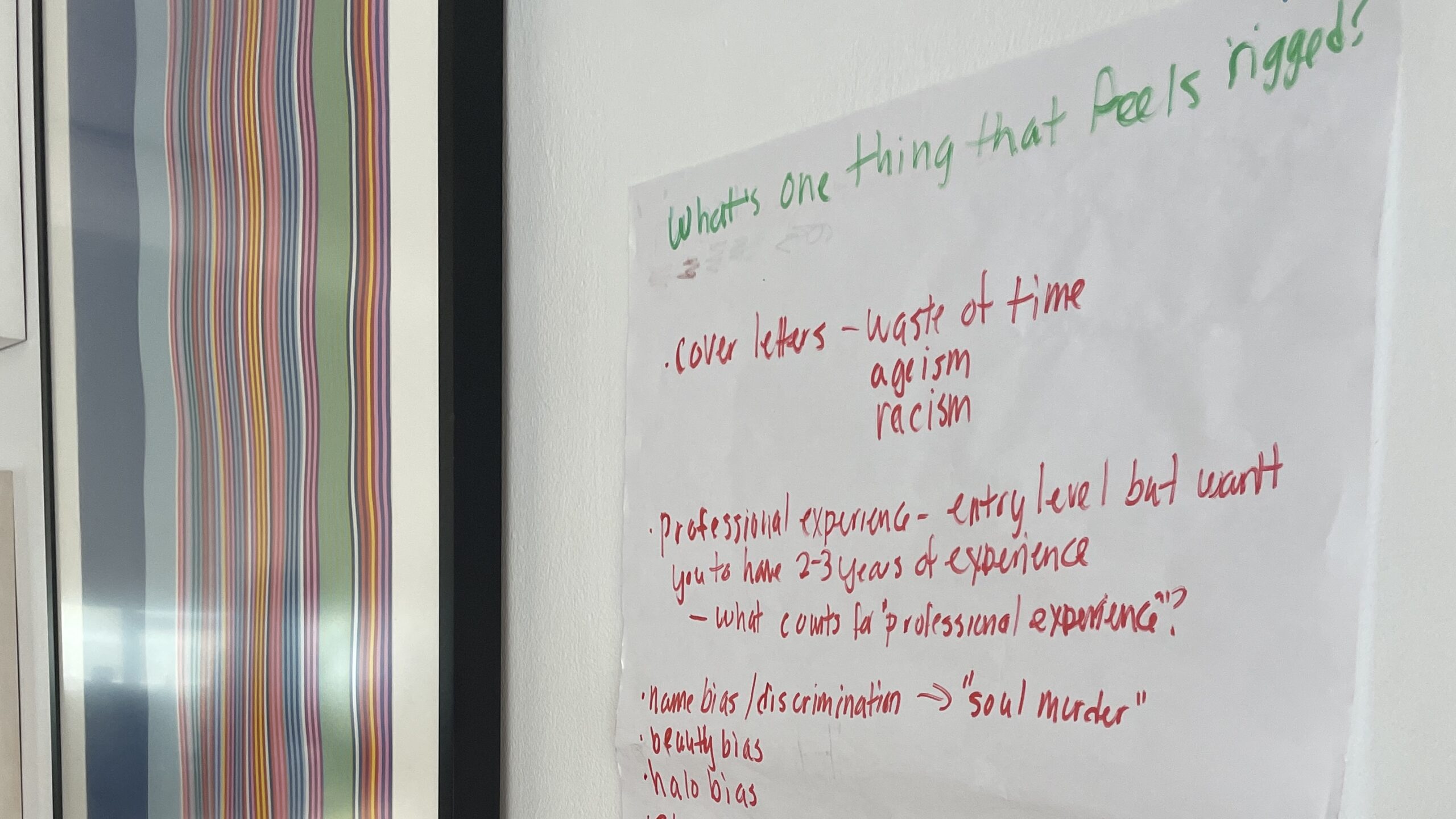
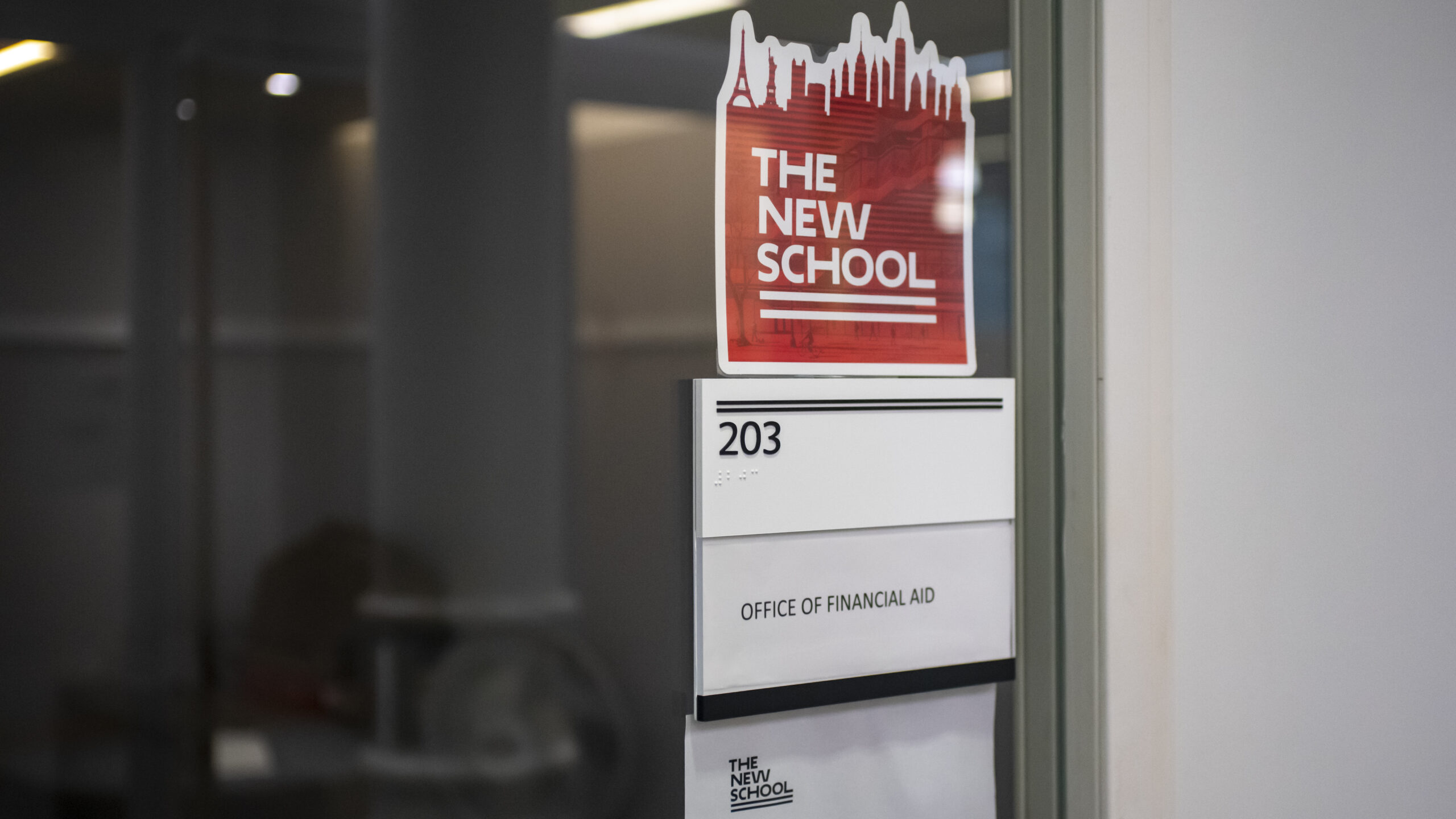
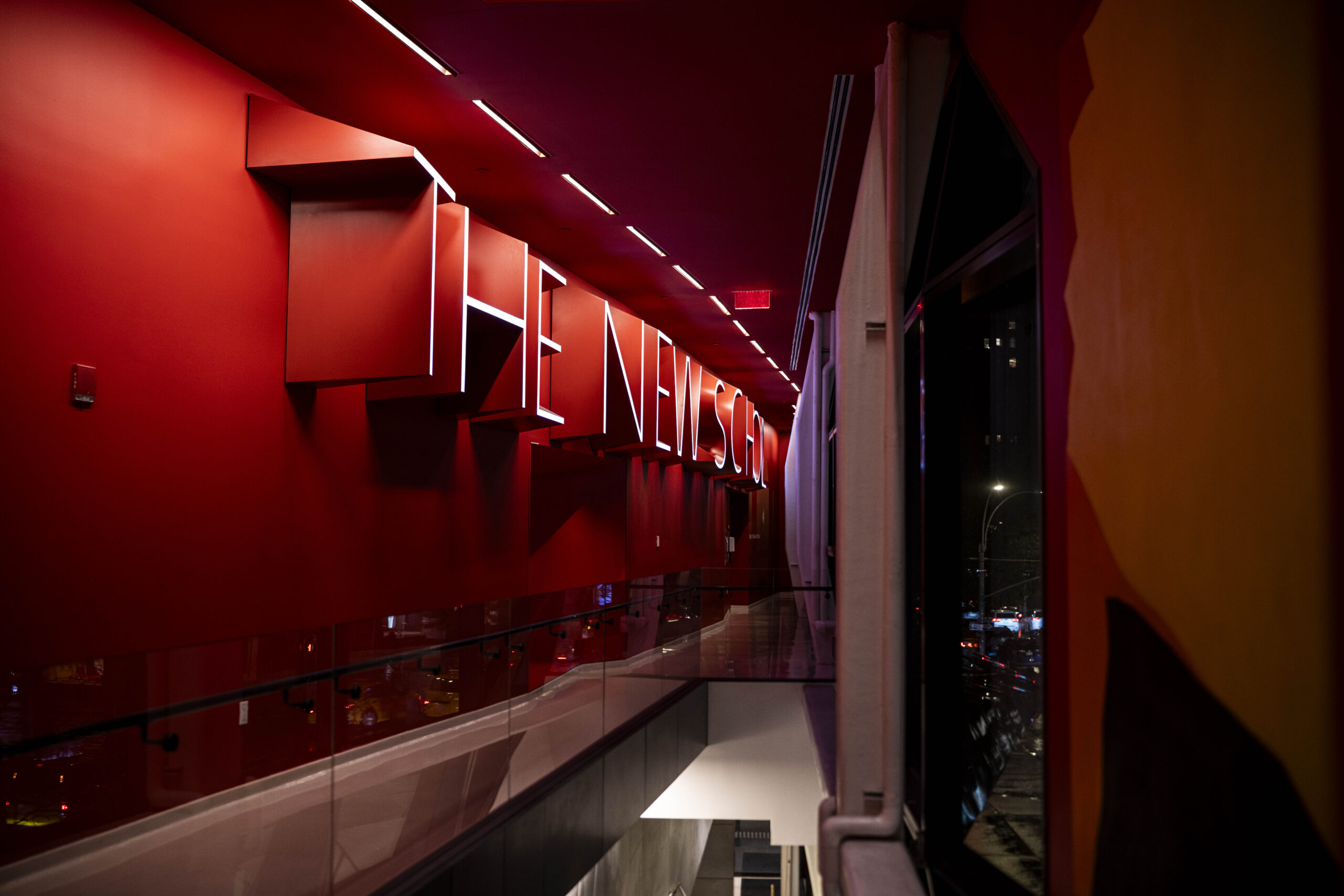
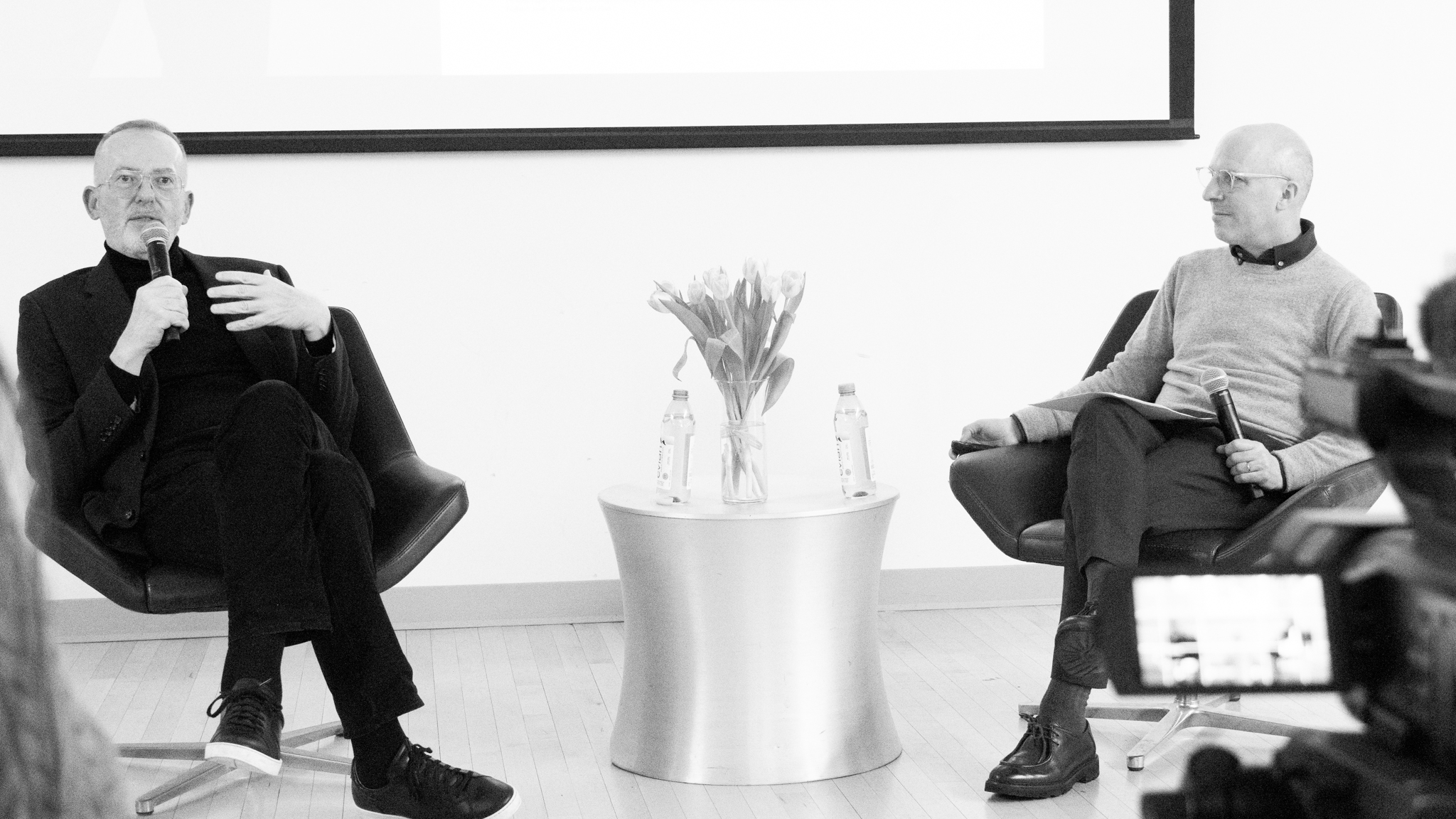

Leave a Reply